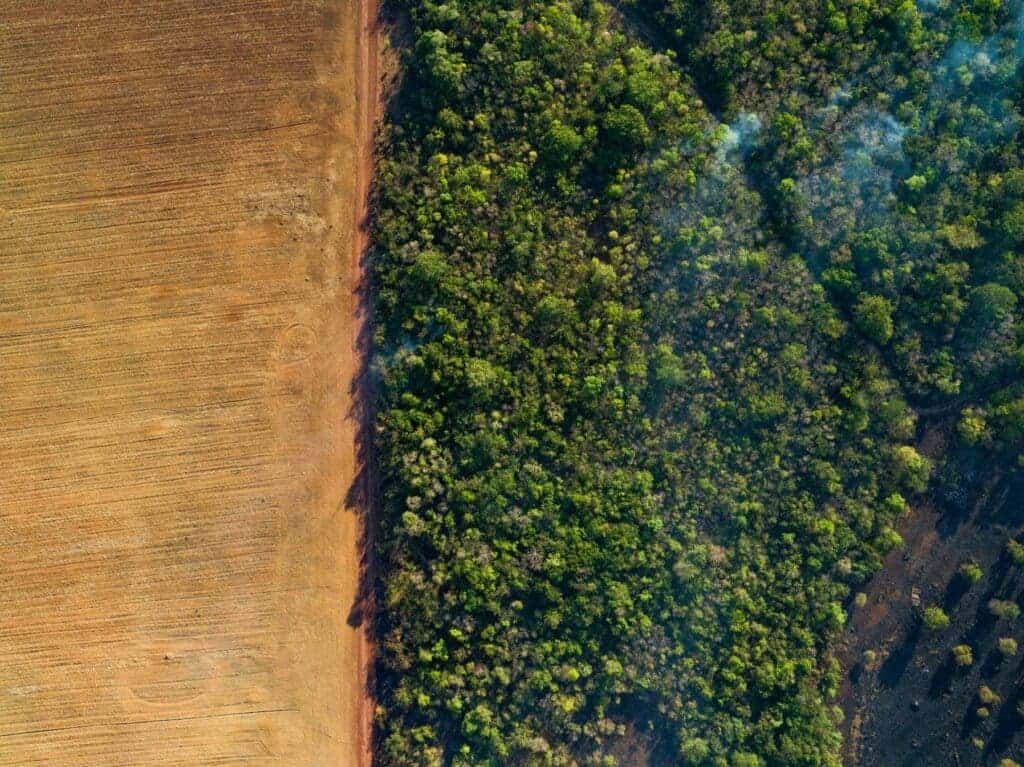Wild populations of a sizeable number of animals have plunged by an average of 69% in the past half-century, according to a new study by the World Wildlife Fund (WWF), as humans continue to pollute on an industrial scale, clear forests and consume beyond the limits of the planet. This year’s assessment’s conclusion is its most alarming yet, the WWF said.

Having a comprehensive figure of how much wildlife is suffering on our planet is a challenging endeavor, especially with most countries lacking monitoring systems. This is where the Living Planet Report comes in, one of the most ambitious efforts to fill that void. It’s published every two years and gives an overall picture of the state of wildlife.
The report covers only vertebrates (mammals, birds, reptiles, amphibians, and fish) and excludes plants or animals without spines. It tracks selected populations of 5,320 species, looking at all relevant published research that exists and adding more as data permits. It includes, for example, a population of birds counted by the number of nests on cliffs. It’s not perfect, but it’s pretty much the best thing we’ve got for the purpose. But the results are dire.
From the rainforests to the open ocean, the abundance of vertebrates is in freefall, declining over two-thirds between 1970 and 2018, according to the report. Two years ago, the figure was 68% and four years ago 60%. Many scientists believe we are going through a sixth mass extinction, the largest loss of life on Earth since the dinosaurs.
“Despite the science, the catastrophic projections, the impassioned speeches and promises, the burning forests, submerged countries, record temperatures and displaced millions, world leaders continue to sit back and watch our world burn in front of our eyes,” Tanya Steele, chief executive at WWF-UK, said in a statement.
The most affected regions
Latin America and the Caribbean region, which includes the Amazon basin, have seen the most important decline in average wildlife population size, with a 94% drop in 48 years, the report found. Africa ranked second at 66%, followed by Asia and the Pacific at 55% and North America at 20%. Europe and Central Asia had an average 18% fall. Everywhere you look, wildlife is plummeting.
The biggest driver of biodiversity loss is the way in which people use the land and sea, WWF said. How we grow food, harvest materials such as wood or minerals from the ocean floor, and build towns and cities all impact the natural environment and the biodiversity that lives there. But that’s not the single problem the natural world is facing.
Overexploitation of plants and animals is another reason for biodiversity loss. Overfishing, for example, is happening at such a large scale that nearly a third of all monitored global fish stocks are now overfished. Continuing with this path would create a disaster for marine ecosystems and the millions of people that rely on them.
Climate change is also having a dramatic impact on the natural environment. Some species are dying out while others have to move where they live due to changes in air temperature, weather patterns, and sea levels. Pollution has also reached all types of ecosystems. It comes in many forms, from microplastics to nitrogen from agriculture.
“The world is waking up to the fact that our future depends on reversing the loss of nature just as much as it depends on addressing climate change. And you can’t solve one without solving the other,” Carter Roberts, CEO of WWF-US, said in a statement. “Everyone has a role to play in reversing these trends, from individuals to companies to governments.”
Future declines can be avoided, the report’s authors said, who pinpoint the Amazon basin, the Himalayas, south-east Asia, the east coast of Australia, and the Albertine Rift and Eastern Arc mountains in eastern Africa as priority areas. They also highlighted the importance of reaching a new biodiversity global agreement at the biodiversity summit in December in Canada.









